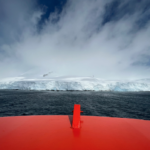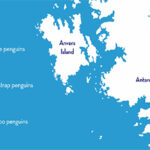New Publication from Graduate student (VIMS) Andrew Corso
Graduate student (VIMS) Andrew Corso with co-authors used a novel 25-year time series to model the effects of environmental variability on larvae of a keystone species, the Antarctic Silverfish (Pleuragramma antarctica). Antarctic Silverfish are the only fish in the Southern Ocean that have been shown to use sea ice as spawning habitat and they’re important prey for penguins, seals, and other predators. They showed that warmer sea surface temperature and decreased sea ice are associated with reduced larval abundance. Variability in the Amundsen Sea Low (ASL) modulates both sea surface temperature and sea ice; a strong ASL is associated with reduced larvae. To our knowledge, this is the first statistically significant relationship reported between sea ice and the long-term abundance of any Antarctic fish species. They suggest believes it’s the first documented relationship between the ASL strength/location and any Antarctic organism. Check out the great new pub at the LTER reference list.
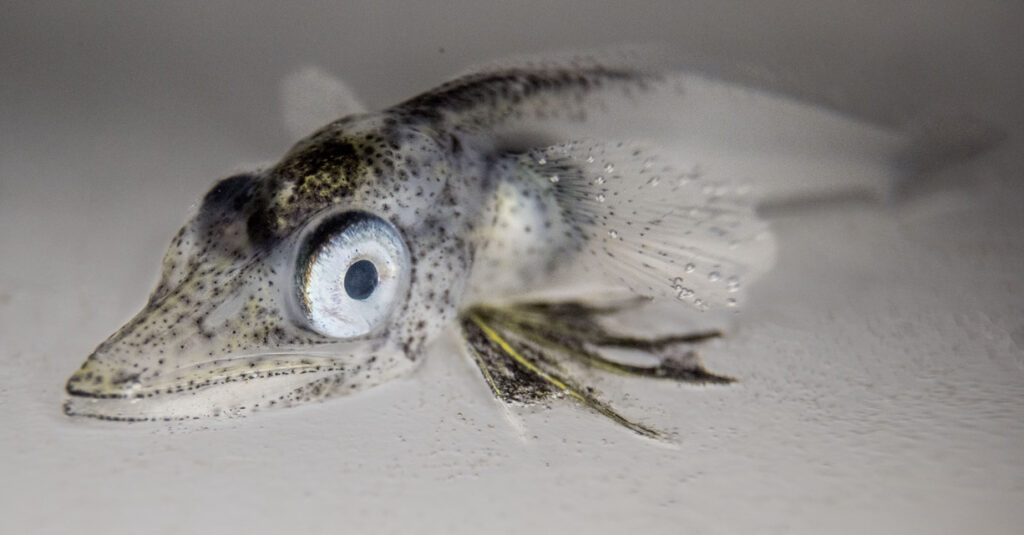
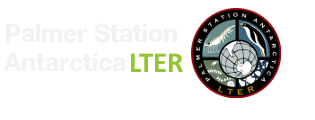
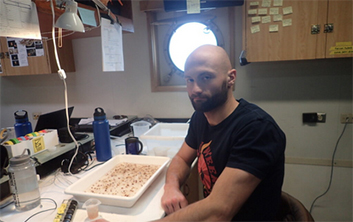

 This site was developed with the support of the National Science Foundation under Grant No. OPP-2224611 and OPP-2026045. Any opinions, findings, and conclusions or recommendations expressed in this material are those of the authors and do not necessarily reflect the views of the National Science Foundation.
This site was developed with the support of the National Science Foundation under Grant No. OPP-2224611 and OPP-2026045. Any opinions, findings, and conclusions or recommendations expressed in this material are those of the authors and do not necessarily reflect the views of the National Science Foundation.